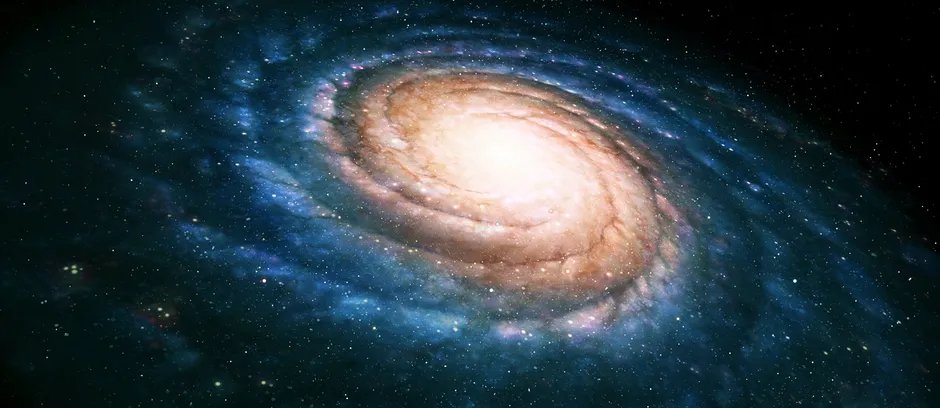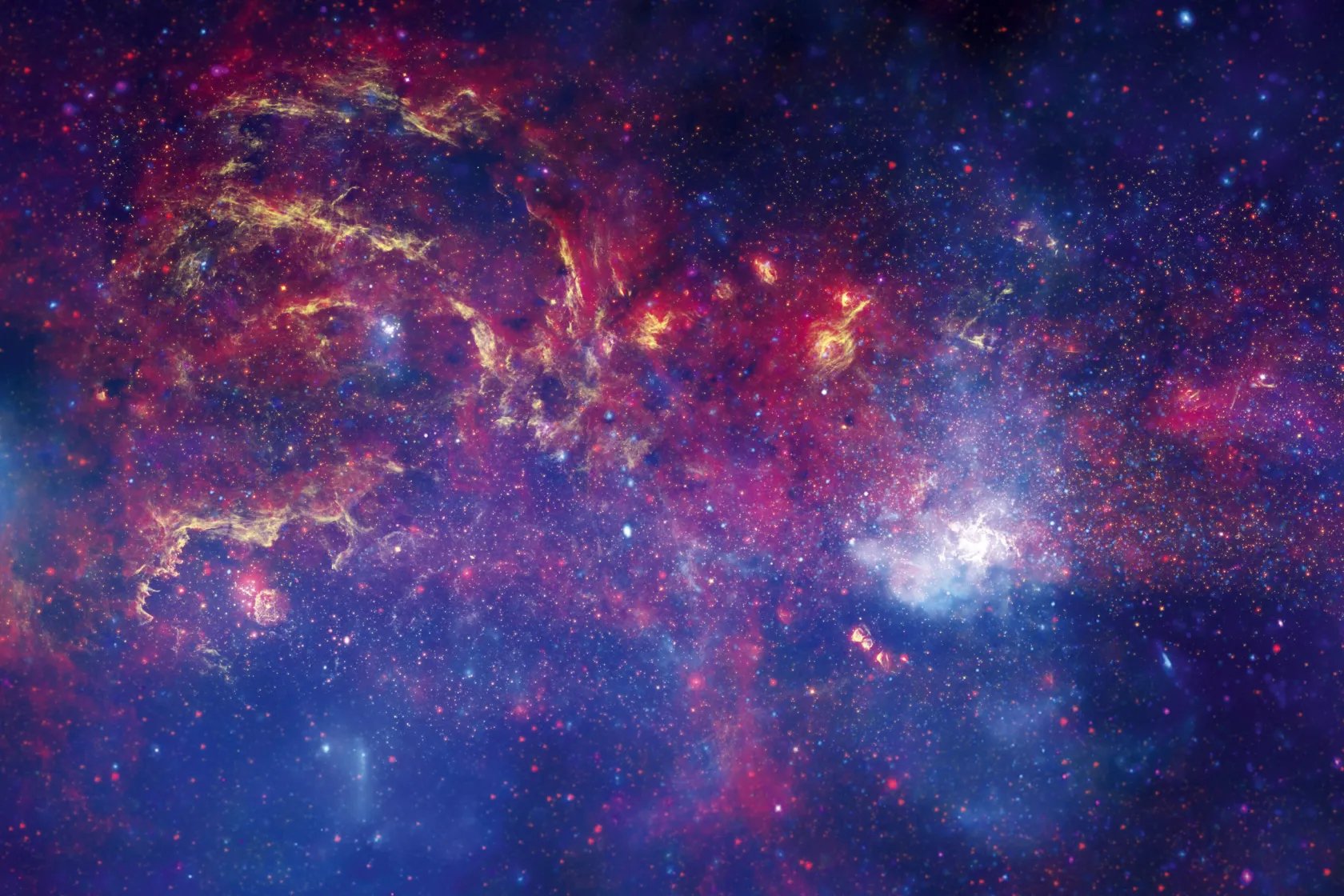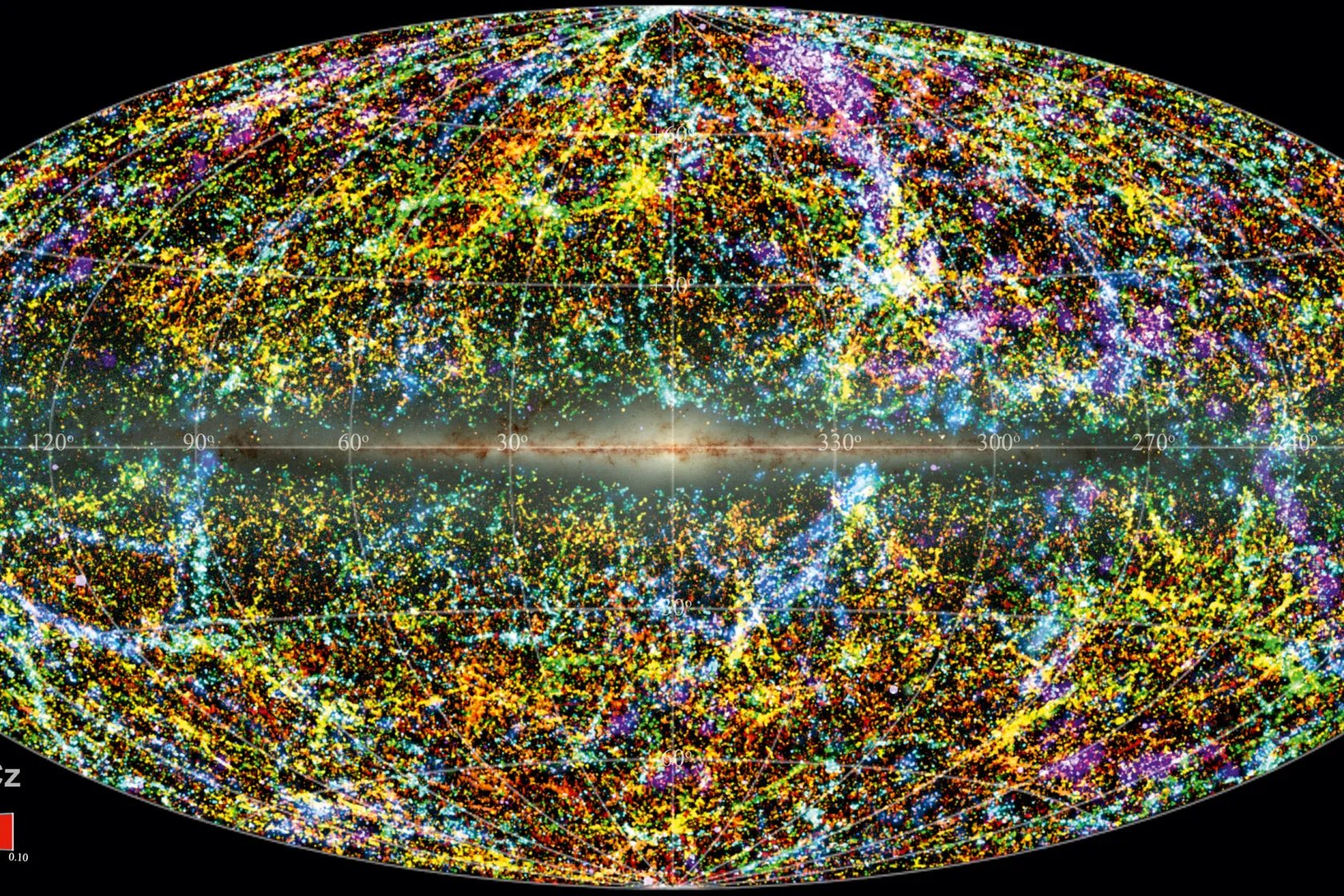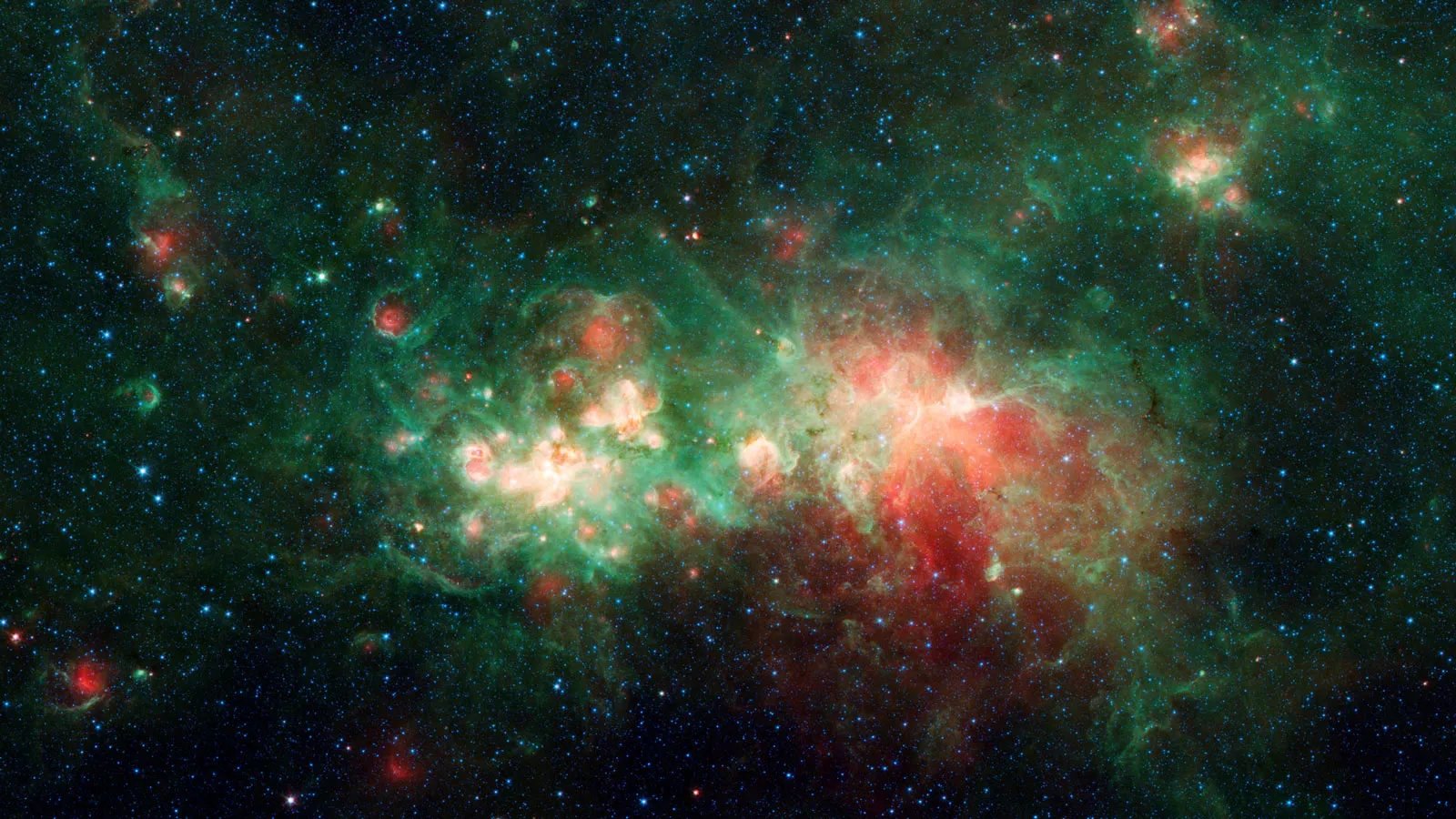The Entire Universe
The term "entire universe" refers to everything that exists, including all of space, time, matter, and energy. It also includes the physical laws that govern matter and energy, such as relativity, classical mechanics, and conservation laws. The word "entire" emphasizes that the term refers to the whole of something.

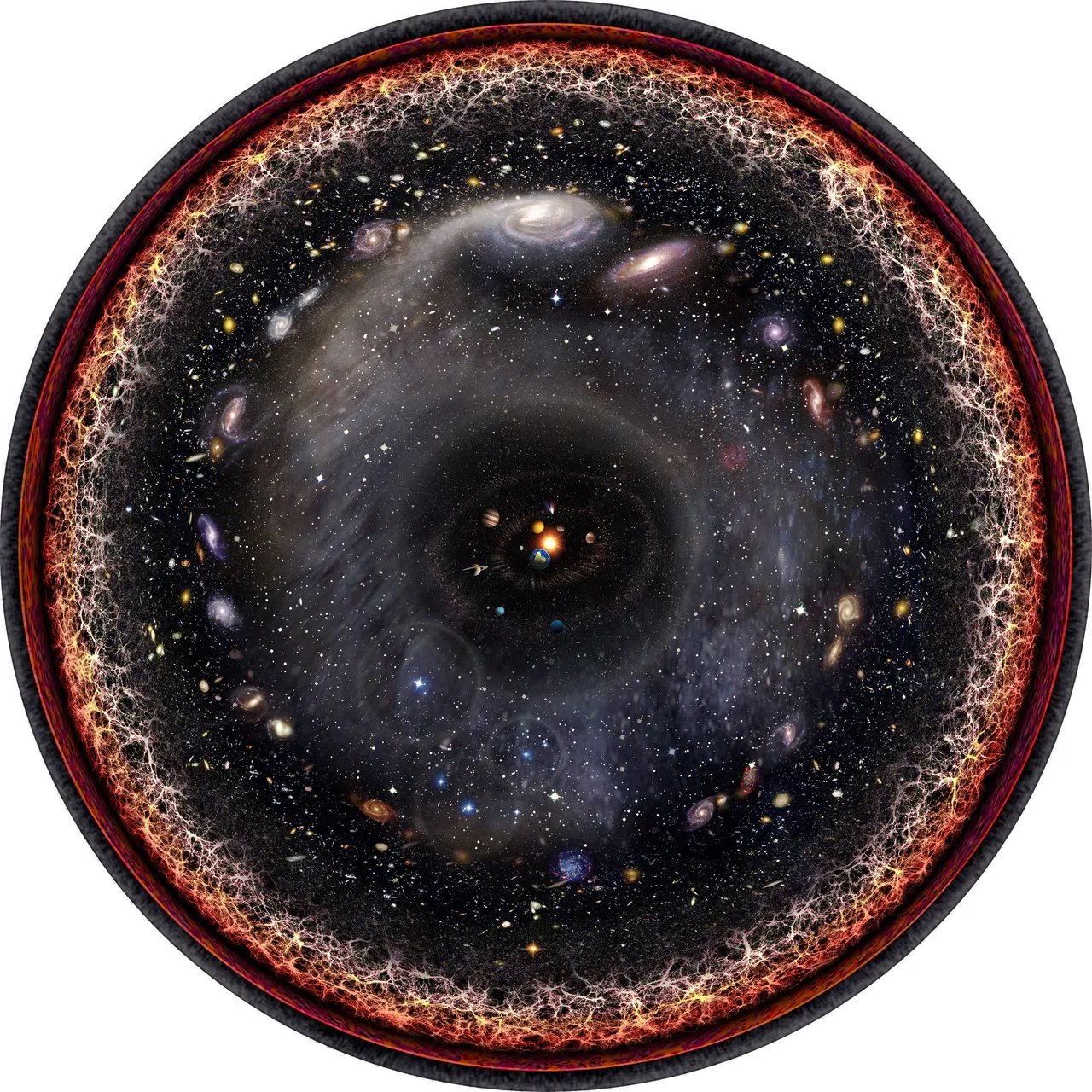
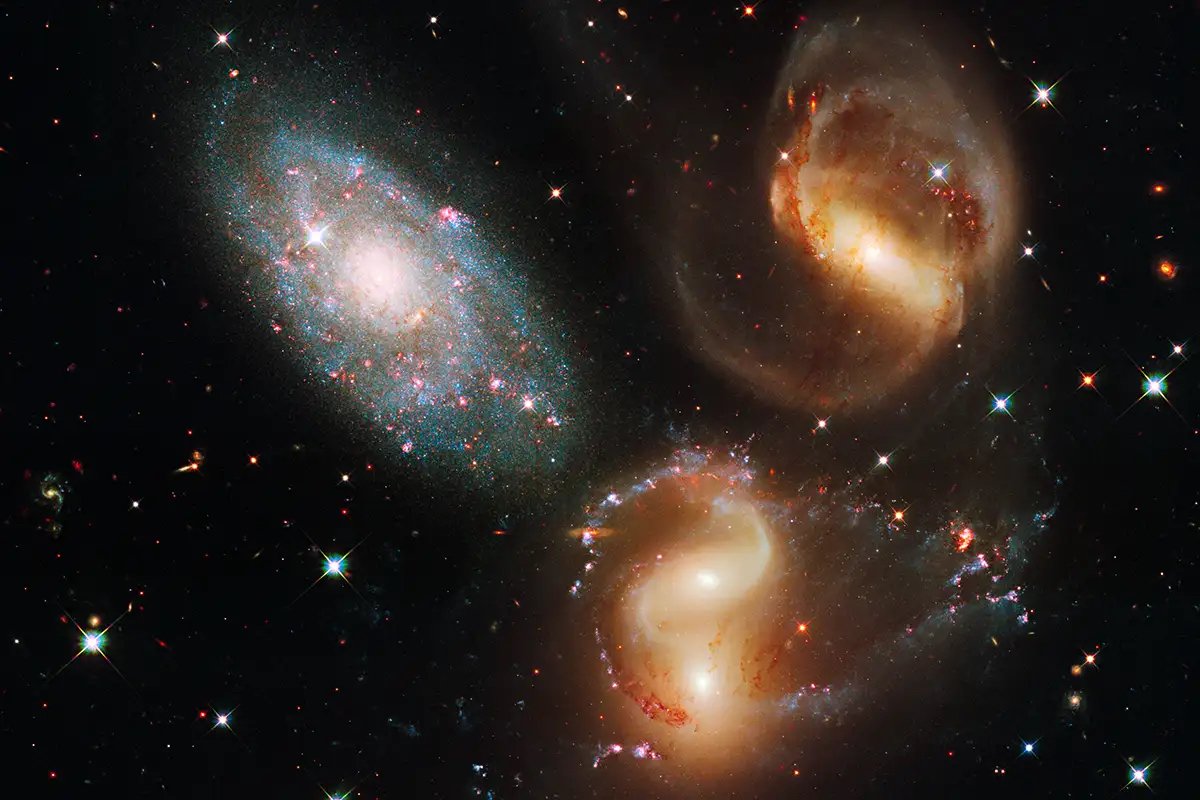

The universe is everything. It includes all of space, and all the matter and energy that space contains. It even includes time itself and, of course, it includes you.
Earth and the Moon are part of the universe, as are the other planets and their many dozens of moons. Along with asteroids and comets, the planets orbit the Sun. The Sun is one among hundreds of billions of stars in the Milky Way galaxy, and most of those stars have their own planets, known as exoplanets.
The Milky Way is but one of billions of galaxies in the observable universe — all of them, including our own, are thought to have supermassive black holes at their centers. All the stars in all the galaxies and all the other stuff that astronomers can’t even observe are all part of the universe. It is, simply, everything.
Though the universe may seem a strange place, it is not a distant one. Wherever you are right now, outer space is only 62 miles (100 kilometers) away. Day or night, whether you’re indoors or outdoors, asleep, eating lunch or dozing off in class, outer space is just a few dozen miles above your head. It’s below you too. About 8,000 miles (12,800 kilometers) below your feet — on the opposite side of Earth — lurks the unforgiving vacuum and radiation of outer space.
In fact, you’re technically in space right now. Humans say “out in space” as if it’s there and we’re here, as if Earth is separate from the rest of the universe. But Earth is a planet, and it’s in space and part of the universe just like the other planets. It just so happens that things live here and the environment near the surface of this particular planet is hospitable for life as we know it. Earth is a tiny, fragile exception in the cosmos. For humans and the other things living on our planet, practically the entire cosmos is a hostile and merciless environment.
“Put another way, the matter, energy and everything in the universe (including space itself) was more compact last Saturday than it is today.

Small vs. Large
What is the Universe?
The universe contains all the energy and matter there is. Much of the observable matter in the universe takes the form of individual atoms of hydrogen, which is the simplest atomic element, made of only a proton and an electron (if the atom also contains a neutron, it is instead called deuterium). Two or more atoms sharing electrons is a molecule. Many trillions of atoms together is a dust particle. Smoosh a few tons of carbon, silica, oxygen, ice, and some metals together, and you have an asteroid. Or collect 333,000 Earth masses of hydrogen and helium together, and you have a Sun-like star.
For the sake of practicality, humans categorize clumps of matter based on their attributes. Galaxies, star clusters, planets, dwarf planets, rogue planets, moons, rings, ringlets, comets, meteorites, raccoons — they’re all collections of matter exhibiting characteristics different from one another but obeying the same natural laws.
Scientists have begun tallying those clumps of matter and the resulting numbers are pretty wild. Our home galaxy, the Milky Way, contains at least 100 billion stars, and the observable universe contains at least 100 billion galaxies. If galaxies were all the same size, that would give us 10 thousand billion billion (or 10 sextillion) stars in the observable universe.
But the universe also seems to contain a bunch of matter and energy that we can’t see or directly observe. All the stars, planets, comets, sea otters, black holes and dung beetles together represent less than 5 percent of the stuff in the universe. About 27 percent of the remainder is dark matter, and 68 percent is dark energy, neither of which are even remotely understood. The universe as we understand it wouldn’t work if dark matter and dark energy didn’t exist, and they’re labeled “dark” because scientists can’t seem to directly observe them. At least not yet.
